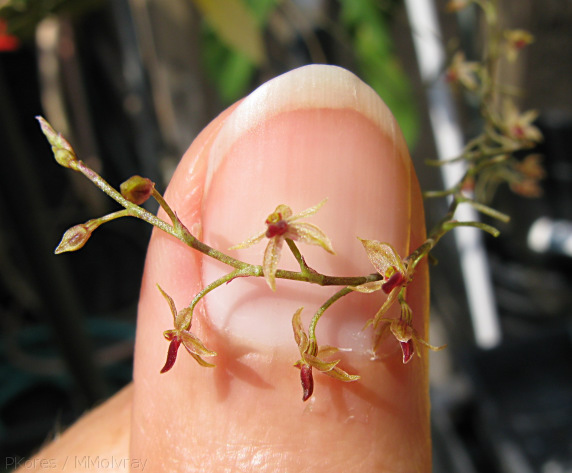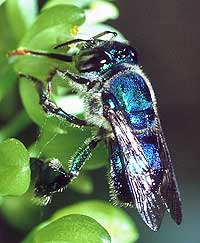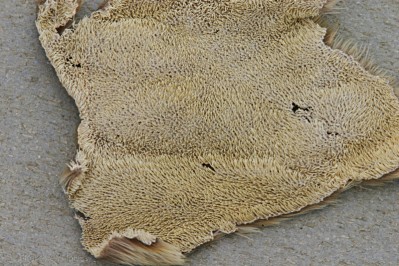Evidence of election tampering reaching critical mass
The statistics show that there was unfunny business in recent elections. They show it far past scientific levels of certainty. The statistical likelihood of fraud (“nonrandom events” in statspeak) is billions to one. (Links to the original research here.) But what keeps too many of us looking the other way — we’re not some backward Berzerki republic, for God’s sake! — is that not enough culprits have been nabbed in the act.
Well, the plot thickens. From The Raw Story
The first red flag went up when the computer patch was installed in person by Diebold CEO Bob Urosevich, who flew in from Texas and applied it in just two counties, DeKalb and Fulton, both Democratic strongholds. . . .
The whistleblower said another flag went up when it became apparent that the patch installed by Urosevich had failed to fix a problem with the computer clock, which employees from Diebold and the Georgia Secretary of State’s office had been told the patch was designed specifically to address.
Some critics of electronic voting raised questions about the 2002 Georgia race even at the time. Incumbent Democratic Sen. Max Cleland, who was five percentage points ahead of Republican challenger Saxby Chambliss in polls taken a week before the vote, lost 53% to 46%. Incumbent Democratic Governor Roy Barnes, who led challenger Sonny Perdue in the polls by eleven points, lost 51% to 46%. However, because the Diebold machines used throughout the state provided no paper trail, it was impossible to ask for a recount in either case. . . .
[The security expert] took the evidence to the Cyber-Security Division of the Department of Justice and reported the series of events to authorities. The Justice Department has not yet acted on his report.
As Alice said, “Curiouser and curiouser.”
Technorati Tags: election, tampering, Diebold











